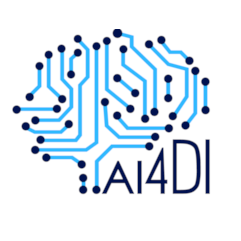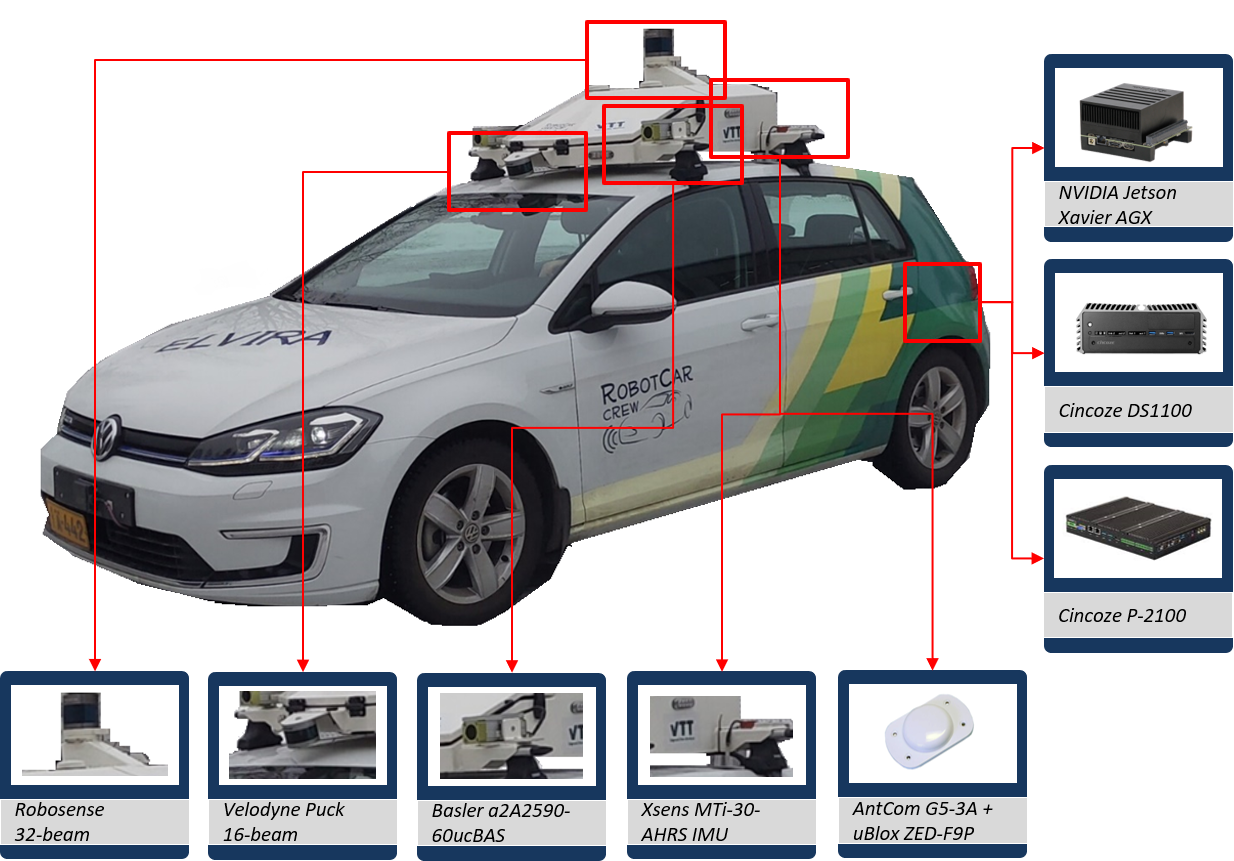VTT, VAISTO, OTH, ITML
AI-Model adaptability for heterogenous HW platforms/accelerators
The deployment of ML-based algorithms in the field of collaborative ITS must consider portability requirements, since hardware platform design is usually not conducted by a single provider or operator. Thus, to accomplish features such as dynamic task-offloading, it must be ensured, that the hardware can run a service. Thus, this requirement is investigated with state-of-the-art object detection models and hardware platforms as introduced in D2.2 and D2.3.
The portability will be measured and evaluated by the following criteria: with a relation to ISO25023 the adaptability of the models is quantitatively determined by the “ratios of software functions that successfully operate on new conditions”. In context of object detection models, this will be reflected by a coverage matrix that states whether a certain model is capable to run on a certain device using a specific hardware acceleration provider (CPU, CUDA, TensorRT, OpenVino and TPU).
The matrix is obtained once for the purposes in AI4DI but can be extended and maintained in future. Accordingly, the target is to provide as many entries in this matrix as applicable (and for each model a rate of adaptability is determined), since there are currently no official sources to obtain this information.
As a design constraint, the models will be deployed and loaded using the ONNX Runtime (as described in D2.3). The model passes the adaptability verification, if it is capable to load the model to the specific HW platform and to run a single inference using random input. For this verification, performance consideration (latency for a single inference) is negligible since would implicitly introduce an additional non-functional requirement for performance attributes of the system.
Verification of the performance of object detection:
Apply the 2D object detector and Lidar fusion algorithm to detect targets from a public dataset like KITTI and use it as a measure for the detection accuracy of the algorithm.
Reinforcement learning approach:
Basic agent scenario functional control model validation takes place in simulation. The same environment as for training will be used for validation initially. After the agent can handle the training environment inference validations, the plan is to use varied environments to ensure that the model is able to generalize. In the physical world the model must have been tested using various environment and environment augmentation methods during the training.
Travel-time prediction:
Link-based travel-time prediction and bus-delay prediction models will be evaluated in terms of prediction performance on historical data for which the ground truth is available.
Task placement on edge devices in «Last Mile» scenario:
Setup of experiments with different number of nodes (static: <10, mobile: <3) and processing tasks (<10 steps) using the developed ITS testbench. Evaluation of developed task placement algorithm vs. randomized placement by comparing the overall effects of the placement in terms of latency and energy consumption.
Model Integrability:
Evaluation of support and performance of different state-of-the-art NNs on different edge platforms: Coverage matrix (model|platform), models used from ONNX model zoo (object detection/segmentation).
Experimental verification and validation(FR):
Task placement on edge devices in «Last Mile» scenario: setup of experiments with different number of nodes (static: <10, mobile: <3) and processing tasks (<10 steps) using the developed ITS testbench. Evaluation of developed task placement algorithm vs. randomized placement by comparing the overall effects of the placement in terms of latency and energy consumption.
Mobility as a Service:
Optimising the last-mile vehicle fleet management. Development of the artificial intelligent based algorithms to supervise the public transport in urban area and optimise last-mile service accordingly.
We create simulated environment and digital twins for optimising vehicle functions and public transport service level and pilot the AI algorithms running in embedded computers and analysing the publicly available data and also the vehicle and infrastructure sensors sources. Calculate optimal vehicle arrival times to bus stops.
The thought was to optimise people mobility in urban areas and support use of public transport instead of passenger cars. Use the artificial intelligence in different levels to optimise utilisation of the existing data and opportunities of new sensor sources.
The result is:
1) Digital twins and SUMO models for simulating the public transport in urban areas.
2) Embedded computer and sensor data processing units
3) pilots for evaluating and demonstrating exploitation of AI in transport industry
AI Advancements (AI Methods, AI Processing )
Intelligence at the Edge (or Edge-Intelligence)
Outcomes

